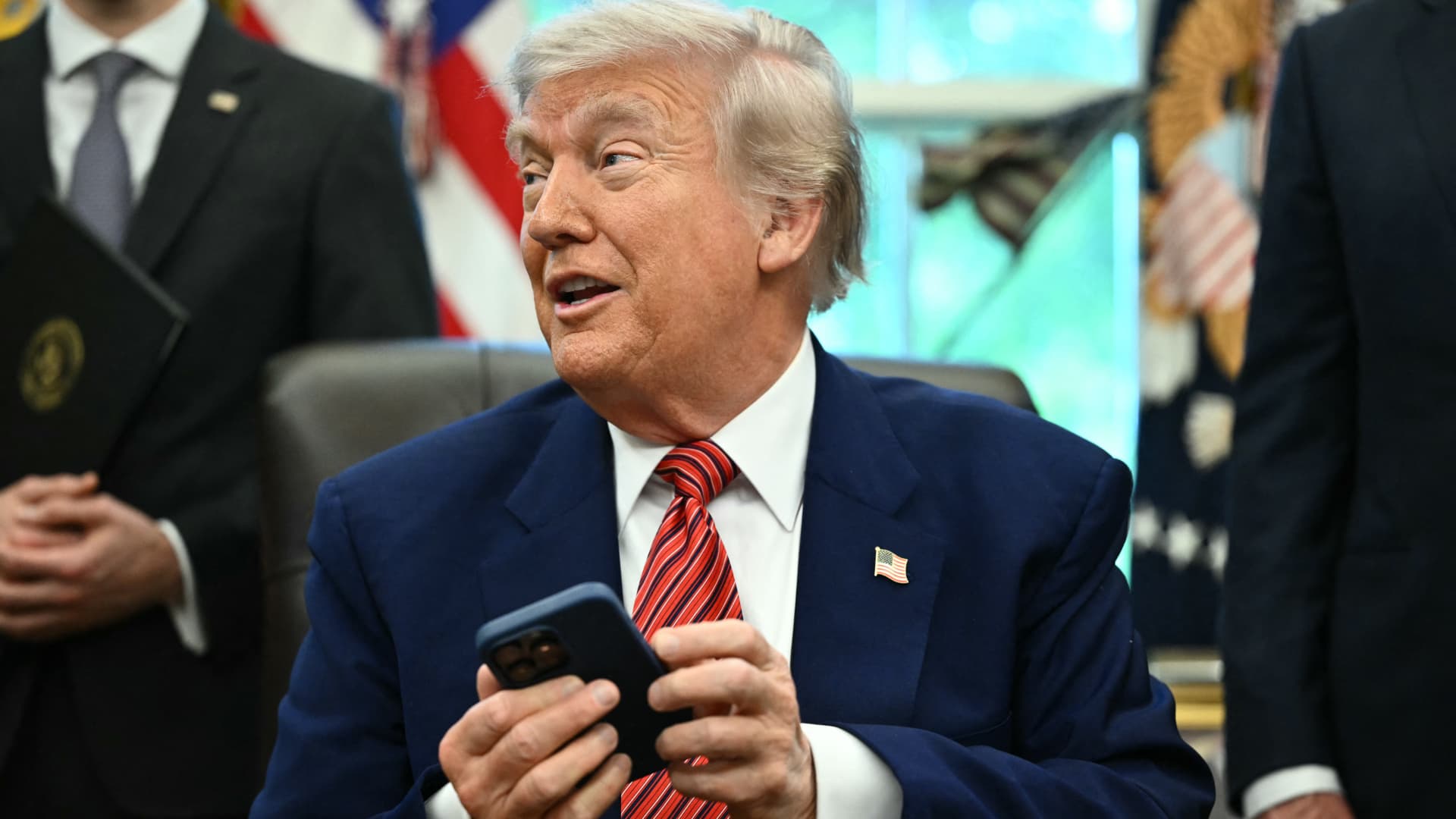Navigating the Legal Crossroads of AI Regulation
Artificial Intelligence (AI) stands at the epicenter of technological transformation, promising groundbreaking advancements across industries yet simultaneously sparking concerns about governance, ethics, and legal boundaries. Recent legal developments around trade policies, such as the U.S. Court of International Trade’s ruling on presidential tariff authority, provide a valuable analogy in understanding how law grapples with sweeping, unprecedented innovations like AI. Much like the court’s emphasis on statutory limits to executive power, the regulation of AI must balance innovation with legal frameworks, ensuring accountability without stifling progress.
The Emergence of AI: Waves of Promise and Peril
AI’s explosive growth over the past decade has revolutionized sectors from healthcare and finance to transportation and creative industries. Machine learning algorithms process massive data sets, enabling smarter decision-making and automation that were previously unimaginable. However, this rapid expansion has also raised urgent questions: How to address potential biases embedded in algorithms, prevent misuse, safeguard privacy, and define liability when AI systems cause harm?
Without clear legal guardrails, AI’s potential benefits risk being overshadowed by ethical dilemmas and regulatory uncertainties. The complexity of AI systems, often operating as “black boxes,” challenges traditional notions of responsibility that legal frameworks have evolved over centuries.
Lessons from Trade Law: Limits on Expansive Powers
The U.S. Court of International Trade’s recent ruling against President Trump’s broad tariffs under emergency powers underlines a key principle: no individual or institution has unlimited authority, especially when the stakes affect wide populations and complex systems. Just as the court demanded a legitimate, direct national emergency before permitting extensive tariffs, AI regulation must be carefully grounded in defined legislative frameworks that identify when and how interventions are justified.
Expansion beyond statutory bounds invites judicial pushback or legal uncertainty. Similarly, policymakers must avoid sweeping, ambiguous AI regulations that could either stifle innovation or fail to protect public interests effectively. Clear definitions of jurisdiction, scope, and enforcement mechanisms are crucial.
Frameworks for Regulating AI: Specificity Matters
AI governance demands graduated, nuanced approaches. Some areas may require proactive oversight—such as AI applications in healthcare or autonomous vehicles—where the risks involve public safety and wellbeing. Other domains might benefit from flexible guidelines encouraging innovation and self-regulation.
This mirrors the trade law distinction upheld by the court: while broad emergency tariffs were rejected, more targeted tariffs under specific statutes remain viable. In AI, distinguishing between high-risk and low-risk applications can provide a legal scaffold that balances risk management with growth incentives.
Anticipating Legal and Political Dynamics
Just as tariff rulings evoked debates between executive power and legislative authority, AI regulation sits at the intersection of technological innovation, political will, and public interest. Governments worldwide face pressure from industry, consumer advocates, and civil society to craft laws that are enforceable, adaptive, and ethically sound.
The path forward will likely involve iterative legal processes, including judicial challenges, legislative refinement, and international cooperation. Multilateral frameworks may emerge to address AI’s cross-border impacts, echoing the global nature of trade disputes and resolutions.
Conclusion: Charting a Responsible AI Future
AI’s trajectory is no longer speculative; it is a defining element of contemporary progress and risk. The recent legal challenges to expansive executive actions in trade policy provide a resonant lesson: innovation and power must be held accountable within clear legal boundaries. As AI systems integrate ever more deeply into society, careful, well-defined regulation is essential to ensure technology serves humanity’s interests without compromising democratic principles or public trust.
Framing AI governance with legislative clarity, judicial oversight, and targeted, risk-informed rules will shape a future where innovation flourishes hand-in-hand with responsibility—a balance that echoes the evolving relationship between authority, law, and economic policy on the global stage.











